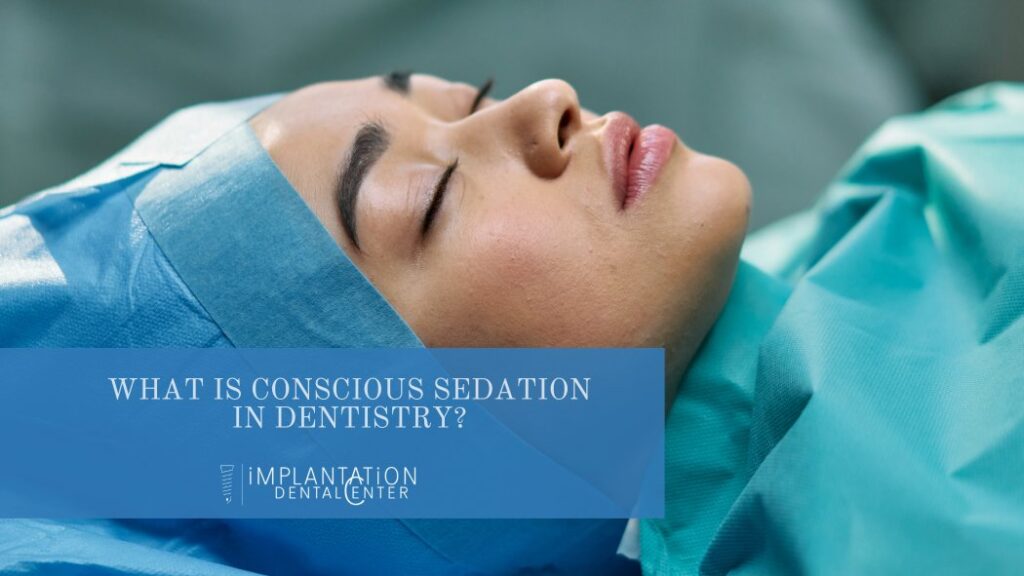Conscious sedation is a technique used in implant dentistry to help patients relax and reduce anxiety during dental implant surgery. It is a form of mild to moderate sedation that allows patients to remain awake and responsive during the procedure while also feeling calm and comfortable.
Conscious sedation involves administering medications that help to relax the patient and reduce pain and discomfort. Typically, this is achieved through the use of intravenous (IV) medications such as benzodiazepines, opioids, or a combination of both. The dosage and combination of medications used will depend on the patient’s medical history, age, weight, and the length and complexity of the implant surgery.
During conscious sedation, the patient is closely monitored by the dental team, who will continuously monitor vital signs such as blood pressure, heart rate, and oxygen saturation levels. This ensures that the patient remains safe and comfortable throughout the procedure.
Conscious sedation is particularly helpful for patients who have dental anxiety or phobia, those with a low pain threshold, and those who require complex or lengthy implant procedures. By helping patients relax and reducing discomfort, conscious sedation can make implant surgery more tolerable and less stressful, which can ultimately lead to better outcomes and a more positive dental experience for the patient.
What medications are commonly used during conscious sedation?
The medications commonly used for conscious sedation in implant dentistry include:
- Benzodiazepines: These are drugs that have sedative and anxiolytic (anti-anxiety) effects. Examples include midazolam, triazolam, diazepam, and lorazepam.
- Opioids: These are medications that are used to control pain and induce sedation. Examples include fentanyl, morphine, and hydromorphone.
- Nitrous oxide: Also known as “laughing gas,” nitrous oxide is a gas that is inhaled through a mask and produces a mild state of sedation and relaxation.
- Local anesthetics: These are medications that are used to numb the area being treated. Examples include lidocaine and articaine.
The specific medications used will depend on the patient’s medical history, allergies, and the type and duration of the procedure. The dentist or oral surgeon will carefully evaluate the patient and determine the most appropriate medications and dosages to use for the sedation.
What benzodiazepine will I be prescribed?
You probably will be prescribed Triazolam for conscious sedation in dentistry. Triazolam is a short-acting benzodiazepine that has sedative, anxiolytic, and amnesic properties. It is commonly used for procedures that are shorter in duration or less invasive, such as dental procedures like extractions or implants.
Triazolam is typically administered orally in the form of a tablet. The medication is rapidly absorbed into the bloodstream, producing a sedative effect within 30 minutes to an hour after administration.



